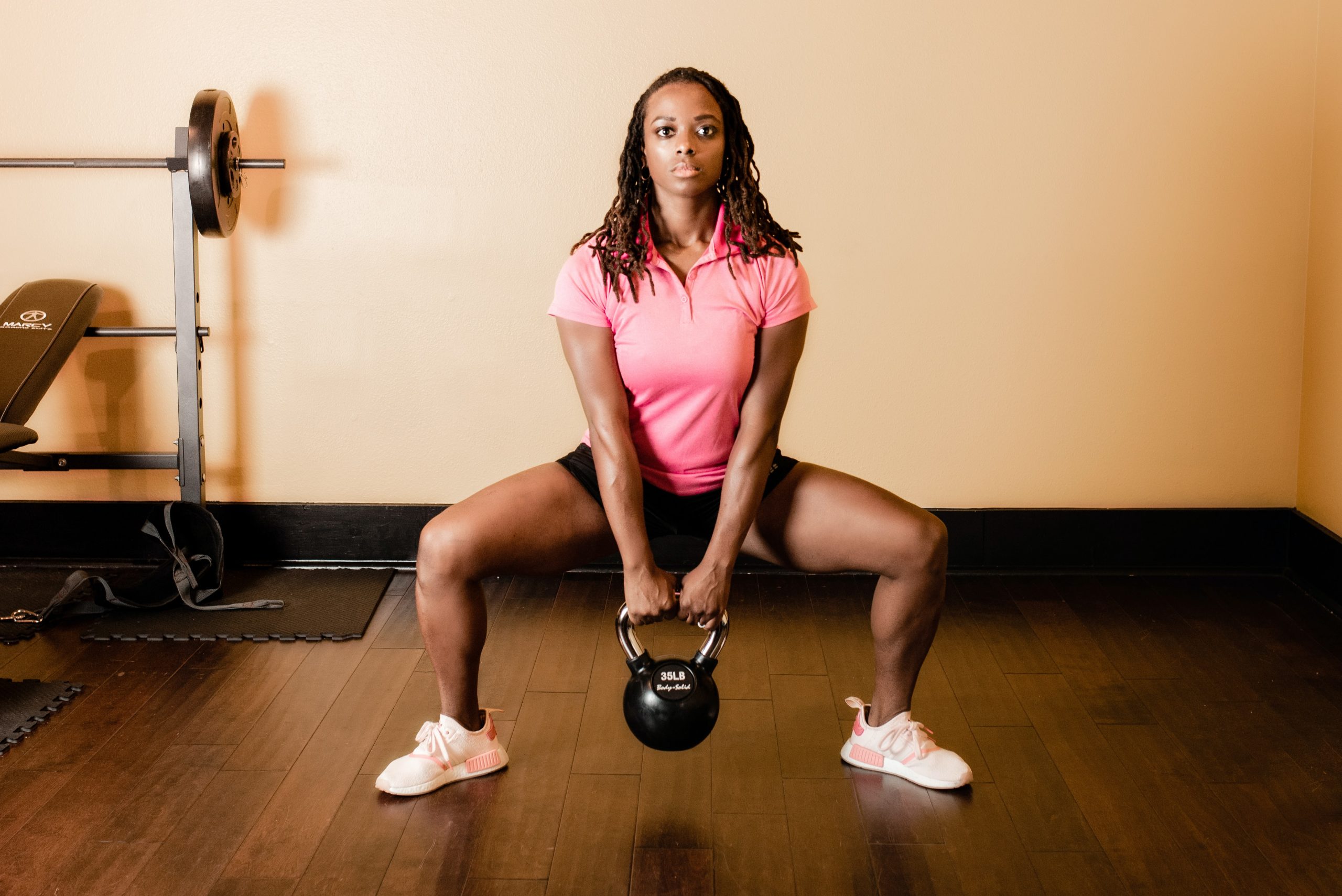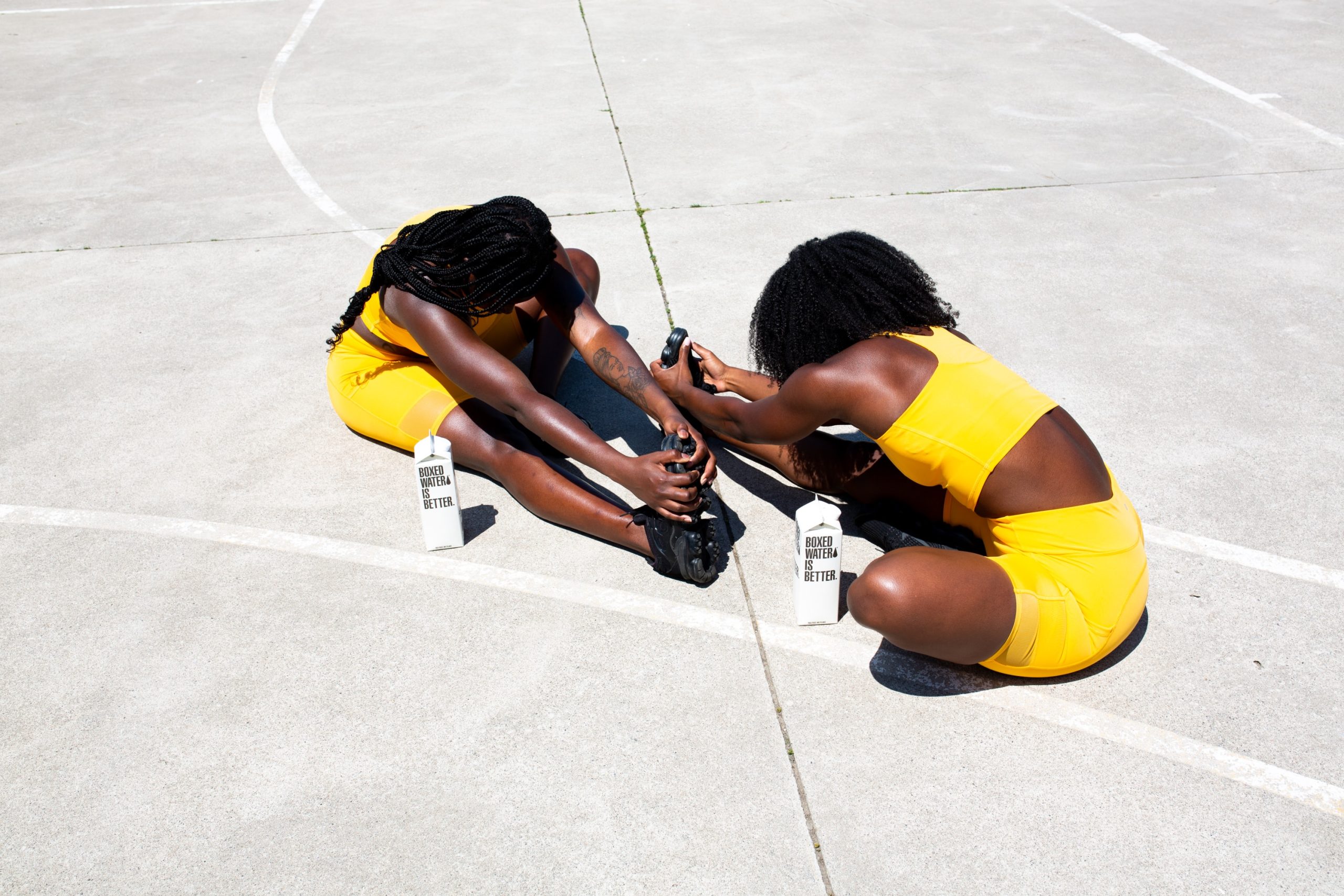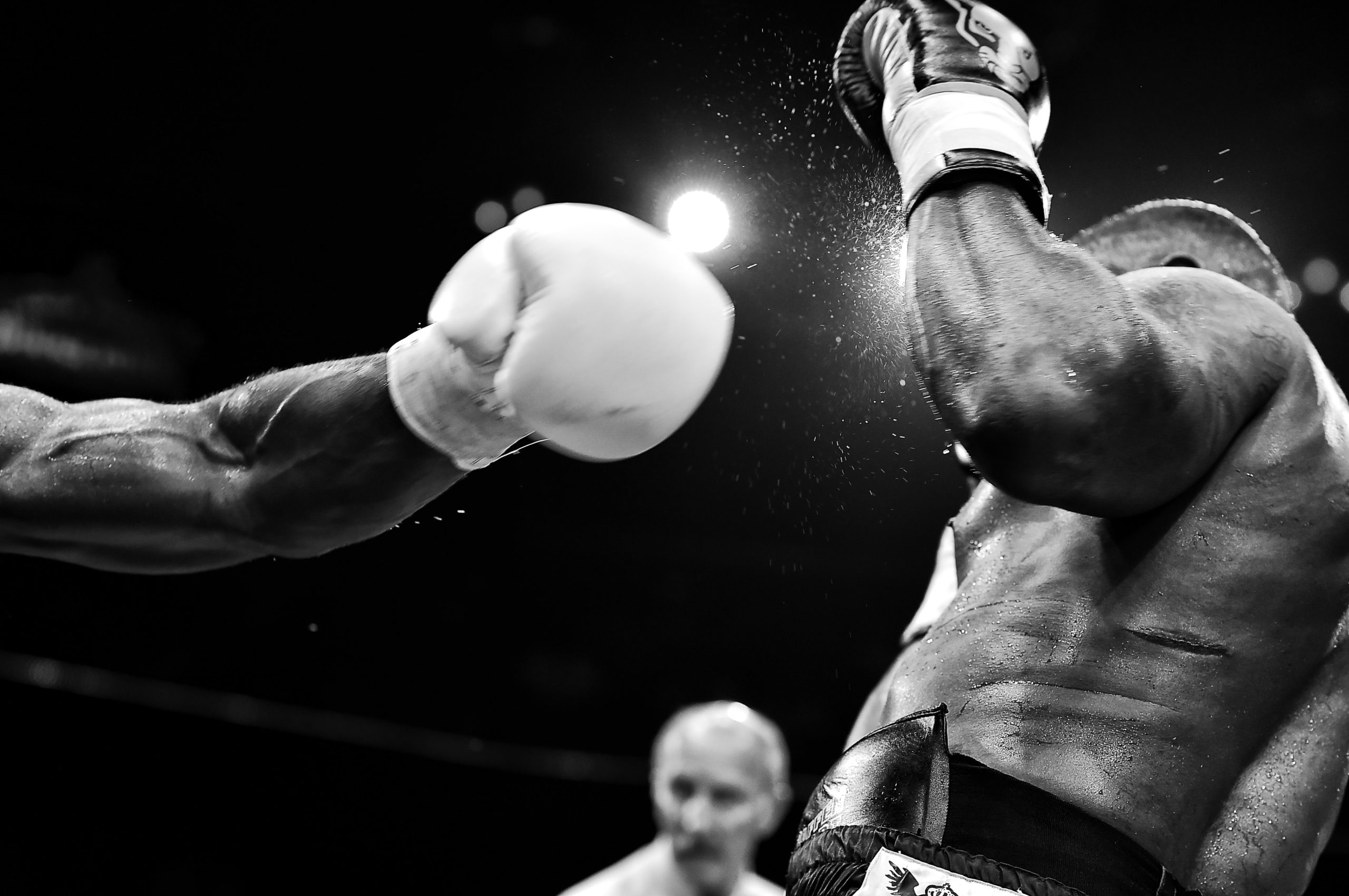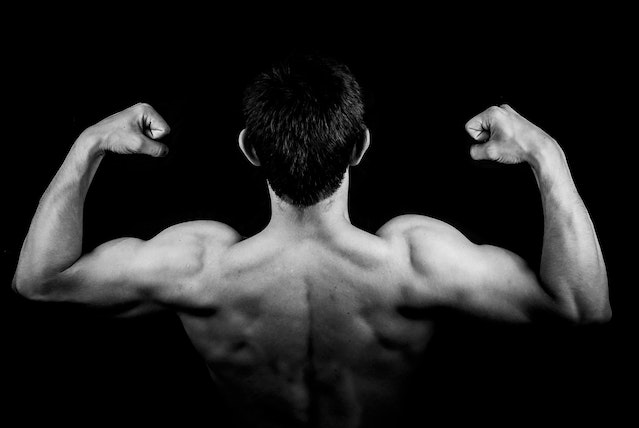Are you an athlete looking to improve your performance, or someone who just wants to get more out of their workouts? If so, then finding “flow” might be the key. Flow is a state of complete immersion in an activity where time seems to stand still and everything feels effortless. And while it may sound elusive, studies have shown that practicing mindful movement can help athletes achieve this optimal mental state on a regular basis. In this blog post, we’ll explore the connection between mindfulness and athletic performance and provide tips for incorporating more flow into your training routine. So let’s dive in!
What is flow?
Flow is a state of optimal performance in which the individual is fully immersed in the task at hand. This state is often described as “in the zone” or “the zone,” and is associated with a sense of effortless involvement and peak performance.
In order to achieve a state of flow, it is necessary to have clear goals and be fully focused on the task at hand. The individual must also be able to modulate their level of arousal, or energy, so that it matches the demands of the situation. Too much arousal can lead to anxiety and poor performance, while too little can result in boredom and apathy.
The experience of flow has been found to be associated with positive outcomes including increased happiness, creativity, and productivity. In terms of athletic performance, flow has been linked to improved focus, coordination, and stamina.
How can mindful movement help you find flow?
When we talk about flow in relation to movement, we are referring to the state of being fully present and engaged in the activity at hand. This can be anything from playing a sport to simply walking down the street. When we are in a state of flow, we are completely absorbed in the moment and the outside world disappears.
There are many benefits to being in a state of flow, both mentally and physically. On a physical level, flow state is associated with increased coordination, efficiency, and power. Mentally, flow state allows us to access our full potential and achieve peak performance. We are able to think more clearly and creatively, and we become more resilient in the face of adversity.
So how can mindful movement help you find flow? Mindfulness is all about being present in the moment, without judgement or attachment. By learning to be mindful of our movement, we can increase our awareness of our body and mind connection. This helps us to be more aware of what our body is trying to tell us, and ultimately leads to improved coordination and efficiency in movement. In addition, mindfulness can help reduce anxiety and stress levels, which can further contribute to increased performance.
The connection between flow and athletic performance
The mind-body connection is a well-documented phenomenon in the world of sports. The idea that our mental state can influence our physical performance is nothing new. But what is flow, and how can it help us become better athletes?
Flow is a state of peak performance in which we are completely focused and in the moment. Time seems to slow down and we are able to access our full potential. This state of flow has been described as “the zone” or “being in the zone.” Flow is intensely concentration on what you are doing in the present moment.
There are a number of factors that need to be present for flow to occur:
1) We must have clear goals and know what we want to achieve.
2) We must be fully engaged in what we are doing and have complete focus.
3) We must be in control of our actions and not be reactive.
4) We must be aware of our surroundings and be able to process information quickly.
5) We must have a sense of challenge or purposeful engagement.
Flow occurs when all of these factors are present and we are able to access our full potential. When we are in a state of flow, time seems to slow down and we become more aware of our surroundings. Our movements become effortless and natural, as if we are on autopilot. We become so focused on what we are doing that everything else fades away into the background.
Tips for finding flow in your own life
Mindfulness is key to finding flow in your life. By being mindful of your thoughts, feelings, and bodily sensations, you can more easily identify when you are experiencing flow state. Once you become aware of how flow feels for you personally, it will be easier to find activities and situations that help foster it.
Here are some tips for finding flow in your own life:
1. Be open to new experiences: Trying new things can help you step out of your comfort zone and into a more challenging environment where flow is more likely to occur.
2. Pay attention to your body: Listening to your body’s cues can help you find the right level of challenge forflow state. If you feel like you’re pushing yourself too hard, back off a bit; if you feel like you’re not challenged enough, amp up the difficulty.
3. Get lost in the moment: One way to achieve flow is to get so engrossed in what you’re doing that time seems to disappear. This could mean being fully present during an activity without letting your mind wander elsewhere.
4. Set goals: Having specific goals in mind can help increase your focus and motivation, two key ingredients for achieving flow state.
5. Be patient: Flow often happens spontaneously and cannot be forced, so don’t get discouraged if it doesn’t happen right away or if it only happens
Conclusion
In summary, mindful movement is an essential tool for athletes to reach their full potential. By being aware of our body and mind while we move, we can become more in tune with our environment and the sensations it brings us, allowing us to stay centered and focused on the task at hand without getting distracted. Flow states are achievable through consistent practice – with greater focus leading to better performance – making trendy mindfulness practices not just a ‘trend’ but rather an important part of any athlete’s training routine.










